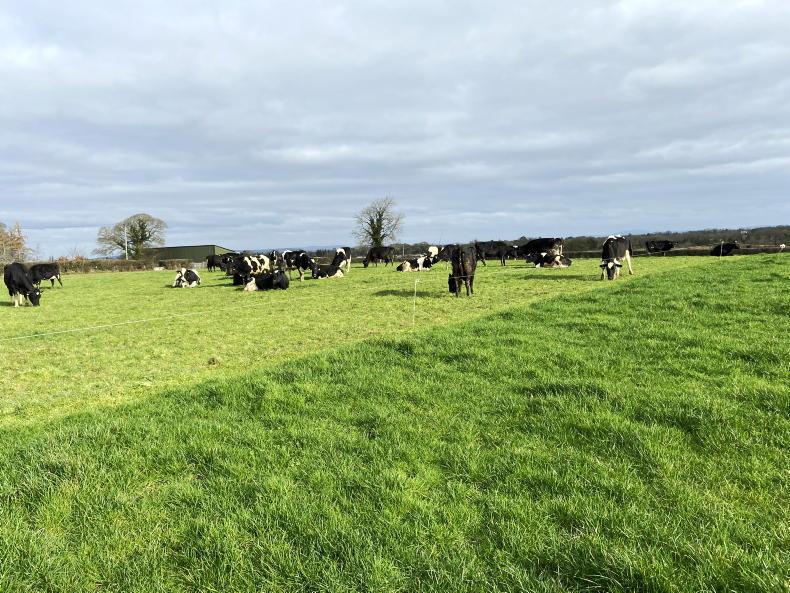April and the first half of May haven’t been ideal for grass growth in most areas.
Although day time temperatures have increased to the mid-teens, overnight temperatures still remain quite low and are consistently lower than average since early April.
This week, the average growth rate – as recorded on Pasture Base Ireland – was 57kg DM/ha.
This time last year a soil moisture deficit, particularly in the east of the country, resulted in a growth rate of 64kg DM/ha. The major difference here being that growth rates in April and early May 2020 were far ahead of growth seen for the same period in 2021.
Grazing deterioration
Last week’s rain fall has causes a deterioration in grazing conditions in many parts of the country especially the south and part of the north where there was close to twice the average rainfall coupled with below average sunshine.
The forecast for the next seven days isn’t much different, with no major change expected until the middle of next week.
Growth has improved this week from where it was but it’s not where it should be
Speaking to farmers across the country over the last week, grass availability is very variable. In a west Cork discussion group, five out of 13 members have had to rehouse cattle in the last week due to a combination of slower than normal growth and poor ground conditions.
“Growth has improved this week from where it was but it’s not where it should be,” one farmer said.
Another farmer in the east of the country spoke of having to “zero graze silage ground for the last week in order to fill a hole in the wedge”, while others are buffering with concentrates and silage.
Other extreme
On the other end of the scale, some farmers across the country are preparing to take out surplus bales from paddocks that have gone strong over the last week.
In most cases, it’s heavier-stocked farms that are feeling the pinch
One farmer in Kerry explained how he “reduced the demand to match growth to hold average farm cover around 650kg DM/ha over the last three weeks”. Last week, he began to reduce the level of concentrates in the cows diet and is looking at taking surplus bales should growth continue to improve.
In most cases, it’s heavier-stocked farms that are feeling the pinch. Growth rates are on the rise, but it’s coming a bit too late for farms that dropped average farm cover below 500kg DM/ha. The only option for these farms now is to pull up the hand break and reduce demand to allow covers to build.






 This is a subscriber-only article
This is a subscriber-only article











SHARING OPTIONS: